Why the Art Education Teacher Matters
It is not enough to be a talented artist; an art education teacher must also be skilled in instruction, assessment, and classroom management.
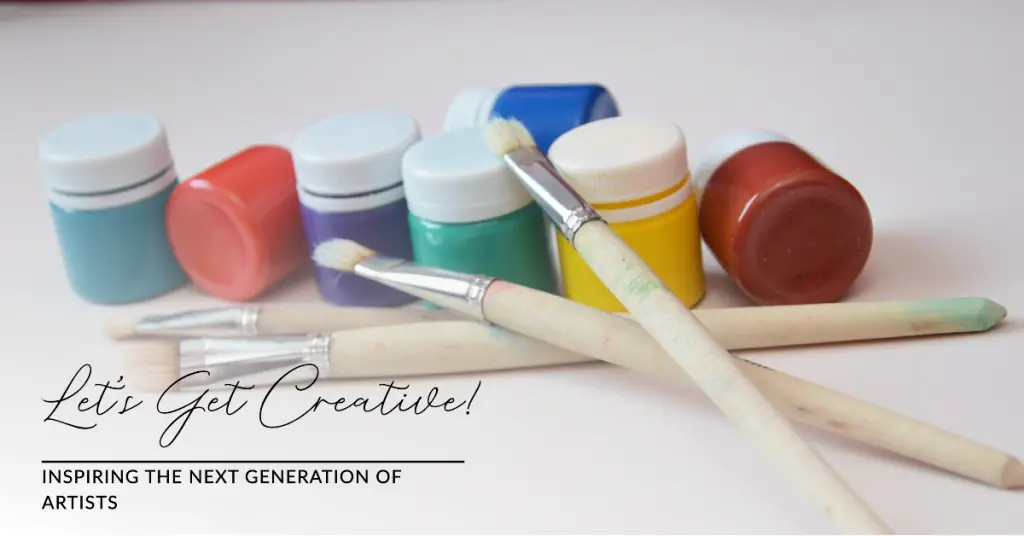
Art Education Teachers are uniquely positioned in education, where creativity and imagination take centre stage.
These dedicated individuals possess the power to inspire young minds, nurture artistic talents, and shape the next generation of artists, designers, and innovators.
With a profound understanding of various art forms and teaching methodologies, they encourage students to explore their creative potential while imparting invaluable knowledge about art history and techniques.
In this article, we will delve into the world of Art Education Teachers, shedding light on their roles, responsibilities, challenges faced in the classroom, and their impact on shaping an artistically-inclined society.
Join us as we celebrate these remarkable educators who open doors to a world of color, expression, and boundless possibilities through art education.
Table of contents
Why is Art Education Important?
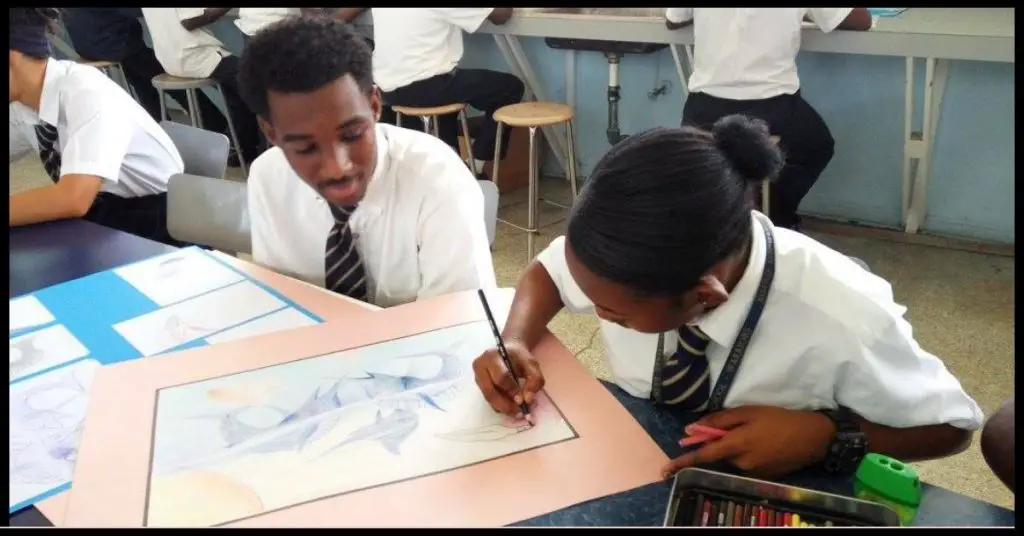
Art education is often undervalued and overlooked in our schools. Students are bombarded with standardized tests and pushed to excel in math and science, but what about creativity?
What about the arts? It’s time to recognize that art education is as important as any other academic subject.
Art education gives students unique opportunities to express themselves, think creatively, and build confidence.
It encourages critical thinking skills, problem-solving abilities, collaboration, and communication. The arts are also essential to a well-rounded education.
Studying art history and different cultures’ artistic expressions teaches us about the world around us. We learn empathy for others by experiencing their perspectives through art.
We also develop an appreciation for beauty in all its forms. Furthermore, the arts have been shown to impact mental health positively.
Engaging in creative activities can reduce stress levels, improve mood, increase self-esteem, and promote overall well-being.
1. The Role of an Art Education Teacher
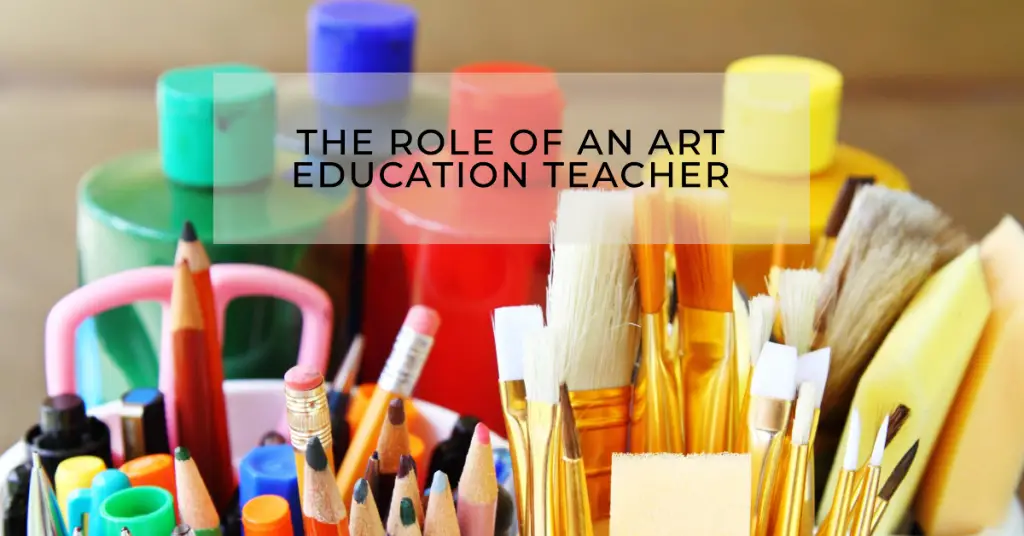
Art teachers are crucial in providing students with access to these benefits. They serve as instructors and mentors who inspire their students to explore their creativity fully.
A good art teacher can help students channel their passion into meaningful works of art while developing critical thinking skills that will benefit them throughout their lives.
An art teacher’s job goes beyond just teaching techniques; they must guide finding inspiration for each student’s unique voice while instilling an appreciation for the technical aspects of artistic expression, such as composition or color theory.
Teachers must create a safe space where all students feel comfortable expressing themselves without fear of judgment or ridicule.
Fostering this environment where everyone’s voice is heard equally, regardless of ability or background, helps build self-confidence among young artists.
Art education is a crucial part of any quality education. Art teachers play a vital role in ensuring that students have access to the benefits of art, from increased creativity to improved mental health and well-being.
We need to recognize the importance of arts education and support our art teachers so that they can continue to inspire and guide students in their artistic endeavors.
2. Qualifications and Skills
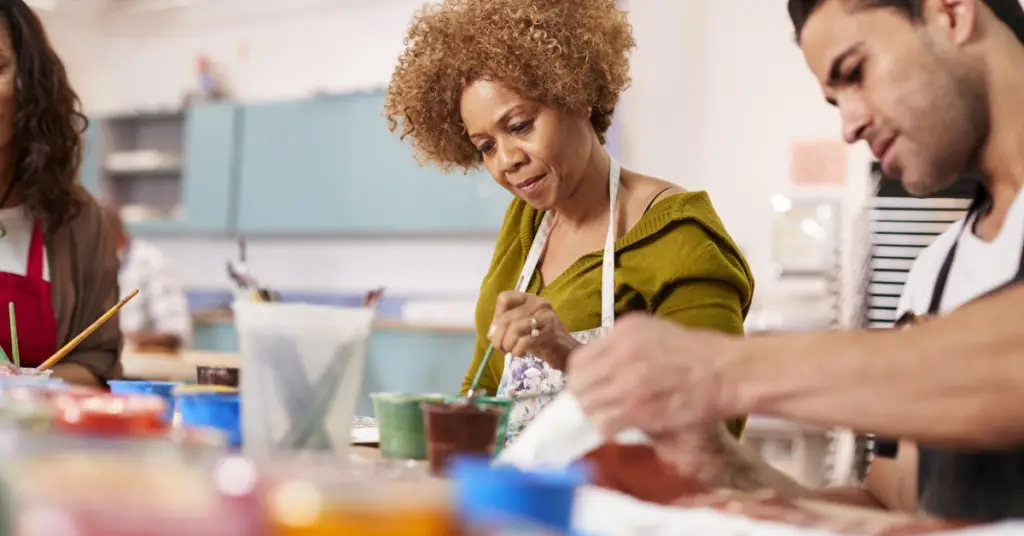
– Education Requirements
One of the most important qualifications for being an art education teacher is a degree in art education or a related field.
While some may argue that practical experience is just as valuable, a solid understanding of pedagogy and curriculum development is crucial to creating effective lesson plans and engaging students.
It is not enough to be a talented artist; an art education teacher must also be skilled in instruction, assessment, and classroom management.
– Artistic Skills and Experience
Of course, it certainly doesn’t hurt if an art education teacher has strong artistic skills and experience in their chosen medium(s).
In fact, having the ability to demonstrate specific techniques or styles can greatly enhance student learning.
However, there’s no denying that plenty of talented artists would make terrible teachers.
Being good at something does not automatically translate into being able to teach it effectively.
– Communication and Teaching Skills
Perhaps the most crucial skills for an art education teacher are communication and teaching skills.
An art education teacher must be able to clearly explain concepts, give constructive feedback on student work, and create engaging classroom discussions.
They should also possess strong interpersonal skills to build positive relationships with students while maintaining appropriate boundaries.
Becoming a successful art education teacher requires more than just artistic talent or practical experience.
It takes a comprehensive understanding of pedagogy alongside strong communication and teaching skills.
By prioritizing these qualifications when hiring new teachers, we could create more effective educators who can impart wisdom to future generations.
– Curriculum Development
Overview of Curriculum Development Process
As an art education teacher, the curriculum development process is one of the most critical aspects of your job.
The curriculum should be designed to provide students with a well-rounded education in the arts, including music, drama, visual arts, and dance.
You must ensure your curriculum aligns with State standards or the Ministry of Education while incorporating creativity and innovation.
The design process starts with identifying key learning objectives for each course.
You need to understand what students should know and be able to do after completing your class successfully.
Once you have identified learning objectives, you can begin designing lesson plans that address those objectives.
Importance of Incorporating Diverse Perspectives
A good art education program must incorporate diverse perspectives from different cultures and backgrounds.
Diversity is essential because it fosters respect for cultural, racial, and ethnic differences while promoting inclusivity in the classroom.
Incorporating diverse perspectives also allows students to gain a deeper appreciation of their own culture while developing an understanding of others.
It provides an opportunity for them to learn about different forms of art created by various cultures and how such artworks reflect social issues or cultural values.
Including diverse perspectives also helps ensure all students feel included in the curriculum.
They can connect with different artworks personally or learn about artworks representing their cultural heritage or experiences.
Creative Lesson Planning Techniques
Art education teachers must keep their teaching methods exciting and engaging for students.
They need to use creative lesson planning techniques that help make learning more fun while promoting critical thinking skills.
One technique is project-based learning, where teachers incorporate hands-on activities into lessons.
Students work on projects individually or in groups using paintbrushes, canvases, crayons, or even recycled items like cardboard boxes.
Another technique uses technology tools like virtual reality (VR) and augmented reality (AR).
These tools can help students explore art styles, historical eras, or cultural traditions. Technology can also help students create digital artworks or simulate real-life art-making processes.
As an art education teacher, you must focus on developing a curriculum fostering creativity while incorporating diverse perspectives.
By using creative lesson planning techniques that engage students’ hands-on activities or technology tools, you can promote critical thinking skills and make learning more fun and memorable.
3. Classroom Management
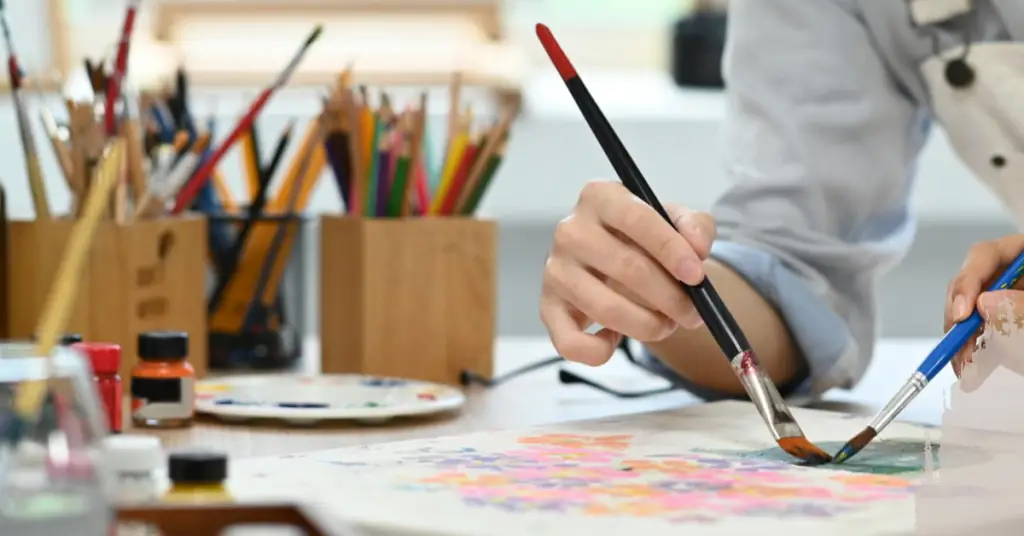
– Strategies for maintaining a positive classroom environment
Creating a positive and inclusive classroom environment is one of the most important aspects of being an art education teacher.
As art is an expression of self, it’s vital that every student feels comfortable enough to share their thoughts, emotions, and ideas without fear of judgment or ridicule.
One way to foster this environment is by establishing clear expectations and guidelines from the first day of class.
Art teachers must make it a point to emphasize that every student’s voice matters and that they are all valued members of the community.
– Addressing behavioral issues
Addressing behavioral issues can be challenging for any teacher. Still, it’s particularly difficult for art teachers as the classroom can be a chaotic space where students are given more freedom to express themselves.
However, setting clear boundaries from the first day can help prevent disruptive behavior in the classroom.
It’s also essential to have a plan in place when negative situations arise. Art education teachers must learn to diffuse situations calmly and respectfully while maintaining control.
– Encouraging student engagement
A successful art class depends on making sure every child has an opportunity to engage with the material.
As each child possesses unique learning styles, some prefer hands-on activities while others enjoy lectures or discussion groups.
Therefore, incorporating diverse teaching methods into lesson plans is essential for encouraging student engagement.
Art education teachers should create lesson plans that cater to different learning styles so students can feel challenged, interested, and engaged in the subject matter.
Managing an art classroom requires patience, creativity, and strong communication skills with students on a personal level.
Any educator can create an inclusive environment where students can express themselves and feel valued as contributing class members.
By emphasizing respect for individuality and consistency in boundaries, preventing disruptive behaviors by staying calm, and employing varied teaching techniques according to learning styles.
4. Special Considerations for Art Education Teachers
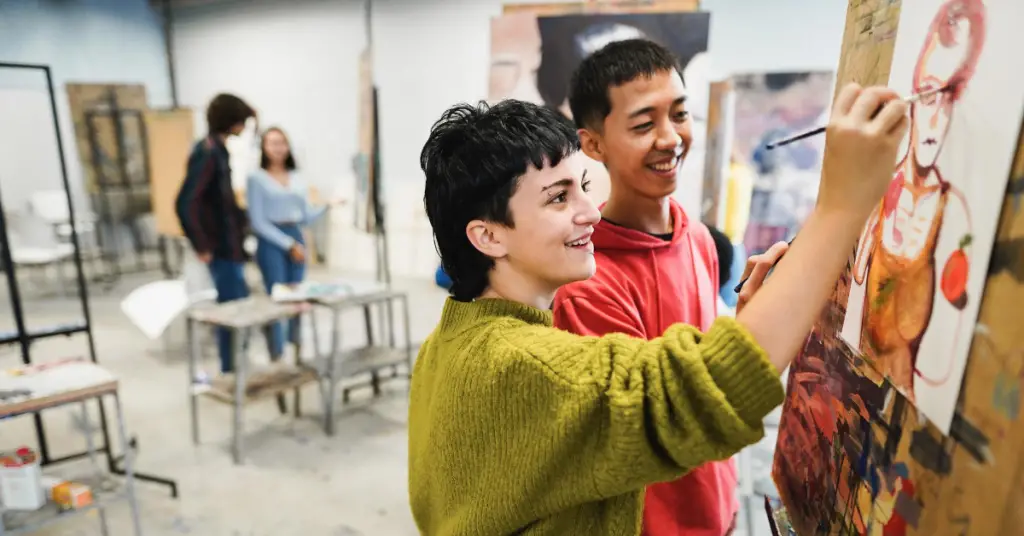
– Incorporating technology into art education
As an art education teacher, I believe incorporating technology into the art classroom is crucial to keeping up with the times and engaging students.
While some may argue that it takes away from the traditional hands-on aspect of creating art, I believe that technology can actually enhance it.
Programs like Adobe Creative Suite and Procreate allow for endless possibilities in digital art creation while teaching valuable graphic design and digital media skills.
Additionally, using technology allows for easy access to reference images and tutorials, making the learning process more efficient and personalized.
– Adapting to different learning styles
It’s no secret that each student learns differently. As art education teachers, we must adapt our teaching styles accordingly.
While some students may thrive in a structured classroom environment with clear directions and objectives, others may need more freedom to explore their own creativity.
As teachers, we need to recognize these differences and provide a range of activities and projects that cater to various learning styles.
This ensures that all students are engaged in the classroom and promotes inclusivity and diversity.
– Creating a safe space for self-expression
One of the most important aspects of being an art education teacher is creating a safe space for self-expression within the classroom walls.
It’s crucial for students to feel comfortable sharing their thoughts, emotions, experiences, and interpretations through their artwork without fear of judgment or ridicule from peers or teachers alike.
This can be achieved through open communication channels between teachers and students and by establishing clear respect guidelines within the classroom community.
Moreover, providing opportunities for reflection on personal growth as artists can aid significantly in developing self-esteem within young artists’ growth trajectories, making quality time spent with them much more rewarding personally and professionally.
5. Resources for Art Education Teachers
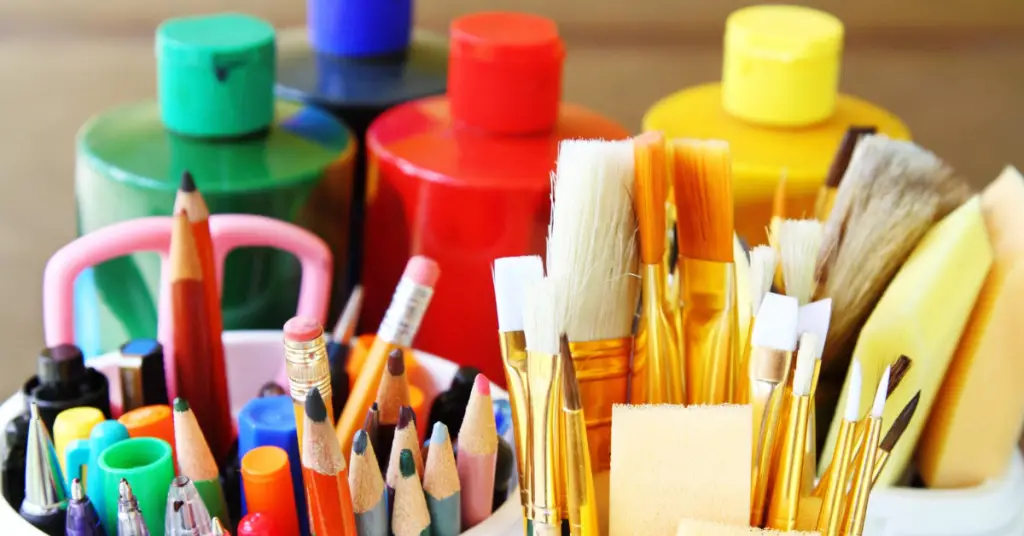
– Art supplies and materials
As an art education teacher, having access to the right art supplies and materials is crucial.
Unfortunately, many schools do not provide adequate funding for art supplies, leaving teachers to foot the bill themselves or rely on donations. This is unacceptable.
The arts are just as important as any other subject and should be treated as such.
It’s time for schools to prioritize funding for art education and provide their teachers with the resources they need to give their students a high-quality education.
– Professional development opportunities
The field of art education is constantly evolving, so it’s essential for art teachers to stay up-to-date on the latest techniques and trends.
Professional development opportunities allow teachers to expand their knowledge and skills in curriculum development, technology integration, and classroom management.
Unfortunately, many schools do not prioritize professional development or provide adequate funding.
This needs to change if we want our students to receive a well-rounded education that strongly emphasises the arts.
– Community partnerships and collaborations
Art education doesn’t just happen within the walls of a classroom – it’s also influenced by what’s happening in the surrounding community.
That’s why community partnerships and collaborations are so important for art educators.
By partnering with local organizations such as museums, galleries, or non-profit arts organizations, teachers can expose their students to new experiences and perspectives they might not otherwise have access to.
It also provides opportunities for teachers to collaborate with other educators in different disciplines or grade levels, resulting in more innovative lesson plans that benefit all students involved.
Overall, resources such as proper access to materials/supplies; professional development opportunities; partnerships & collaborations are crucial aspects of successful Art Education programs at all levels of instruction.
Schools should prioritize funding these programs to attract and retain talented Art Education teachers and provide students with a higher-quality education.
6. The impact of art education on students’ lives
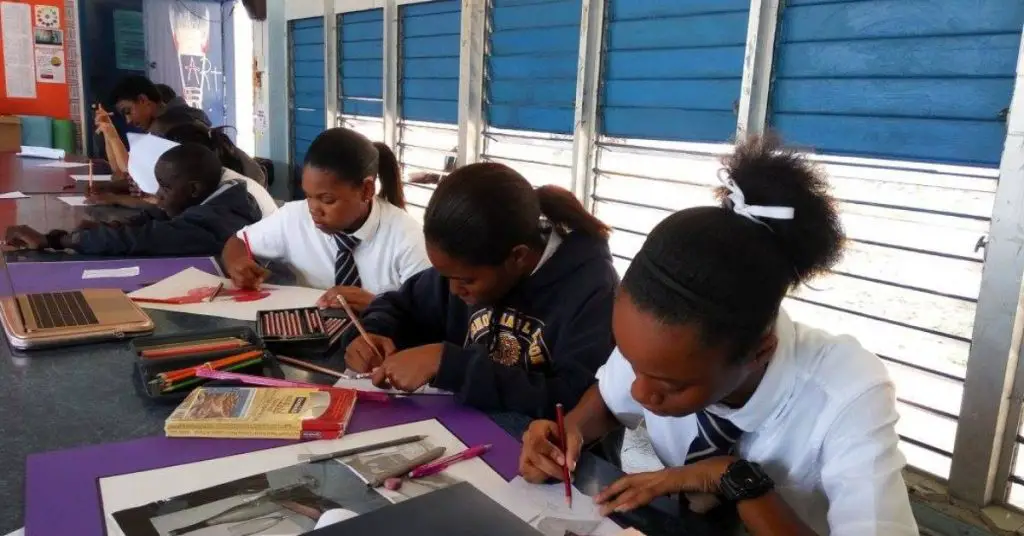
Art education has the power to transform students’ lives in countless ways.
It offers them a creative outlet to express themselves, develop their imaginative and critical thinking skills, and gain a deeper understanding of the world around them.
Through art, students can learn valuable lessons about culture, history, and social justice issues.
Moreover, art education has positively affected mental health and well-being, allowing students to build confidence and self-esteem.
This impact is not limited to just the individual student but can have a ripple effect throughout entire communities.
Art has the power to bring people together and inspire social change. By fostering creativity and empathy in students through art education, we can create a generation of compassionate leaders who will make the world a better place.
7. The importance of supporting art education teachers
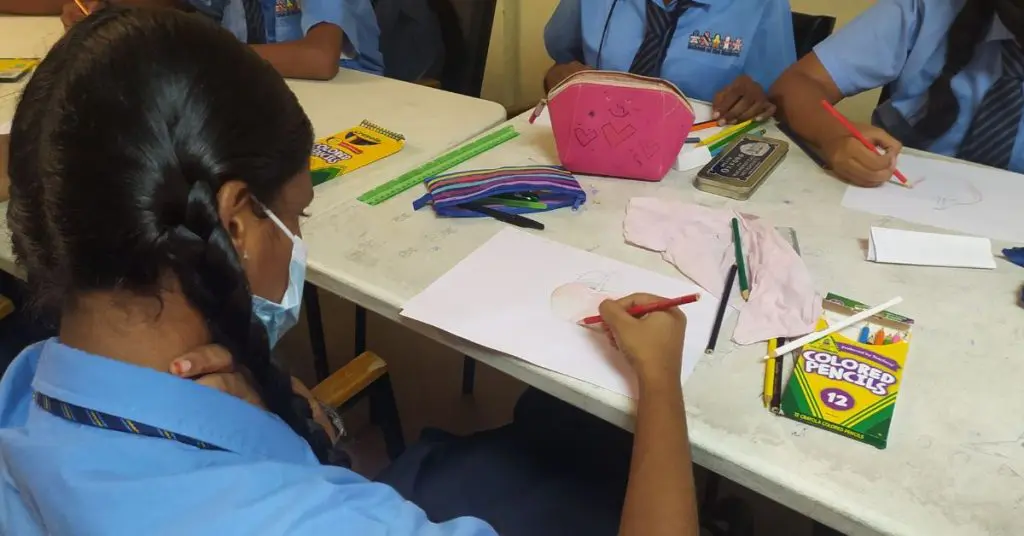
Despite its many benefits, art education is often overlooked or undervalued in our schools today. This is why it’s crucial that we support our art education teachers in every way possible.
Art teachers face unique challenges that require specialized training and resources.
They must be skilled artists and have strong communication skills to teach their craft to others effectively. Art teachers must also be capable curriculum developers that incorporate diversity within their curriculum while creating lesson plans that engage students at all levels.
Additionally, there needs to be ample funding available for equipment such as high-quality paints or drawing materials along with field trips that further inspire young minds with exposure opportunities they might not otherwise experience within traditional classroom settings.
Providing adequate support for our art educators through professional development workshops or new teaching methodologies, including virtual ones.
This kind of training will ensure no student gets left behind. Investing in art education teachers will ultimately benefit our students and our society as a whole.
By fostering creativity and imagination in young people, we can create a better future for all.
Final Thoughts on Art Education Teacher
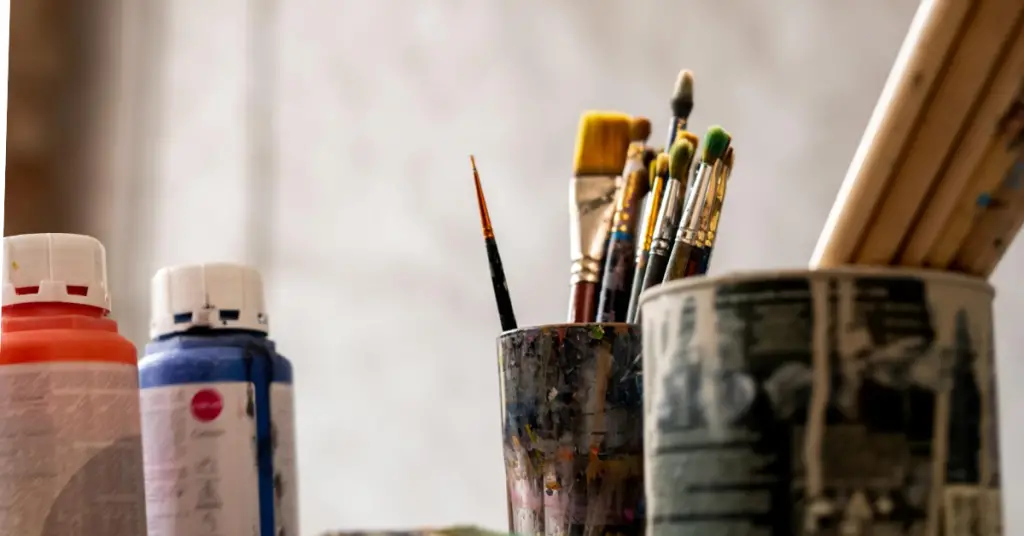
Art education teachers play a crucial role in shaping the minds and lives of their students.
Through their guidance and instruction, they teach valuable artistic skills and foster creativity, self-expression, and critical thinking abilities.
With their unwavering dedication, they create safe and inclusive spaces for students to explore their unique talents and perspectives.
The impact of art education teachers extends far beyond the confines of the classroom, as they empower students to become confident individuals equipped to navigate the world’s complexities.
Therefore, we must recognize and support the invaluable work of art education teachers to ensure that future generations continue to benefit from this transformative educational experience.
References:
- Peel, Edwin A. “Pedagogy | Methods, Theories, and Facts.” Encyclopedia Britannica, 20 July 1998, www.britannica.com/science/pedagogy.
- Curriculum Development Guide: Population Education for non-Formal Education Programs of Out-of-School Rural Youth. www.fao.org/3/ah650e/AH650E03.htm.
- Drummond, Jennie. “Take on Writing Student Learning Objectives With These Three Easy Methods.” The Art of Education University, 27 Mar. 2023, theartofeducation.edu/2021/10/oct-take-on-writing-student-learning-objectives-with-these-three-easy-methods.
- Riley, Susan. “Project Based Learning and the Arts.” The Institute for Arts Integration and STEAM, 6 Dec. 2022, artsintegration.com/pbl.
- Artsteps. www.artsteps.com/profile/5fa49348927a9445d90fdb6c.
- Klavins, Ainars, and Ainars Klavins. “AR Art Opportunities for Artists and Creatives – Overlyapp.” Overlyapp – Overlyapp, 1 Aug. 2023, overlyapp.com/blog/augmented-reality-art-opportunities-and-examples-for-artists-and-creatives.

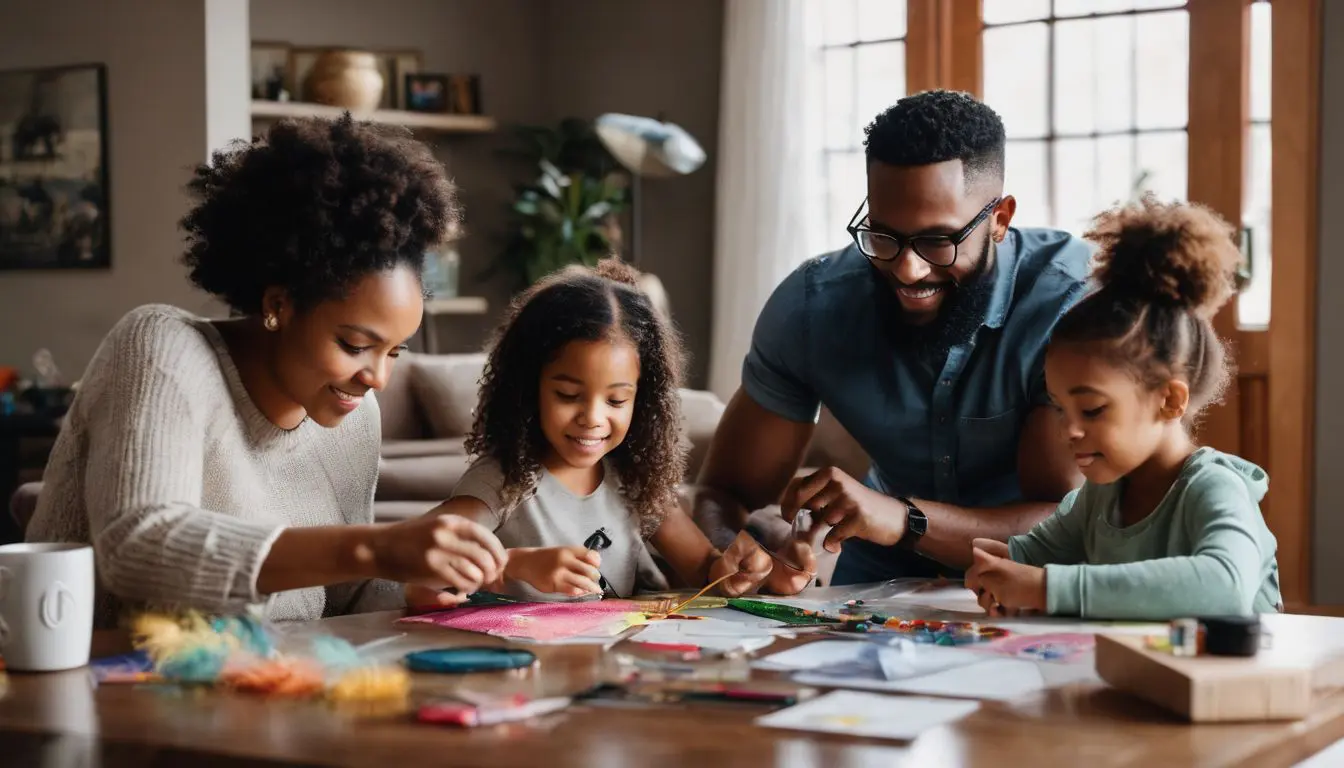
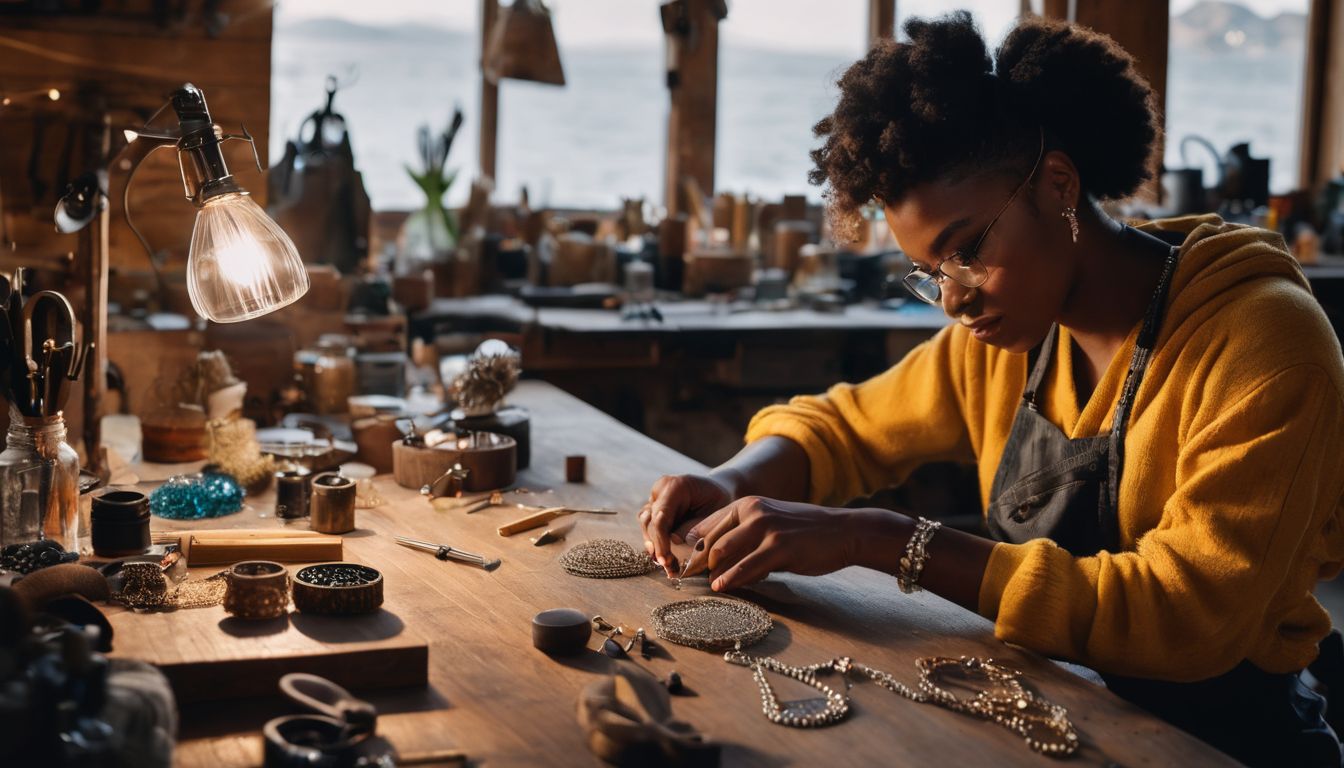

Leave a Reply